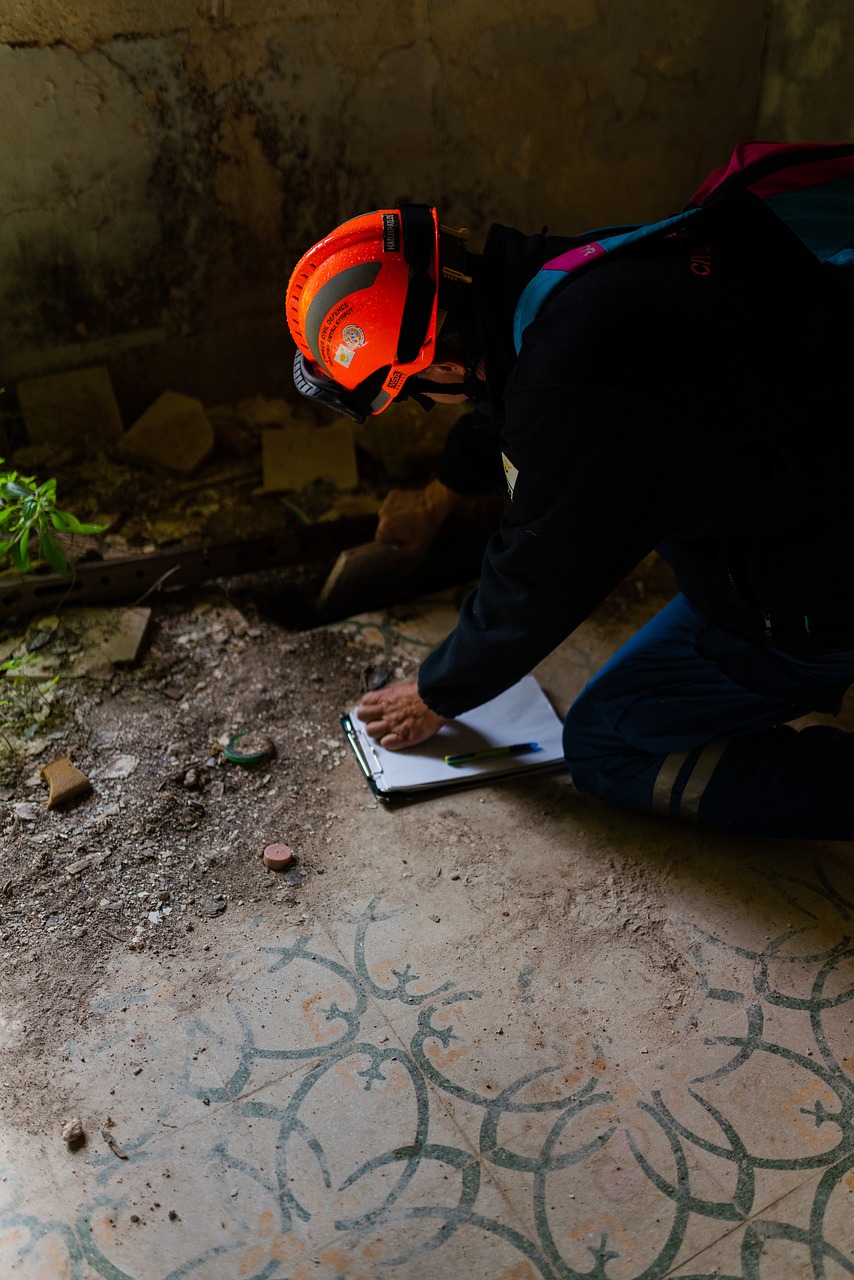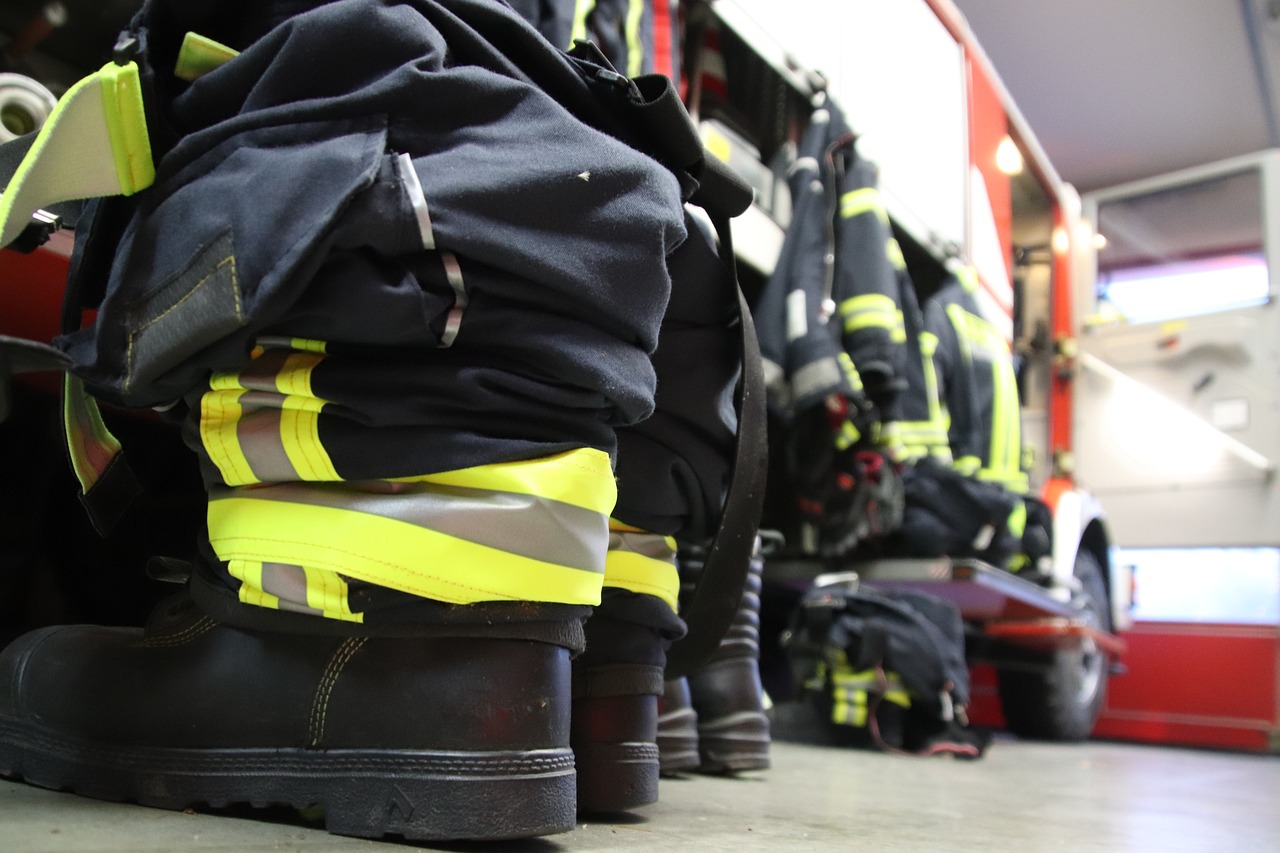Search and rescue (SAR) operations are often thrilling endeavors, driven by the noble goal of saving lives. But amidst the urgency and adrenaline, prioritizing safety is paramount. Every rescuer who ventures into the unknown deserves to return home unharmed.
Here are some essential safety tips for navigating SAR missions, whether you’re a seasoned professional or a dedicated volunteer:
Planning and Preparation:
- Thorough risk assessment: Before initiating any operation, meticulously evaluate the situation. Consider factors like terrain, weather conditions, potential hazards, and the missing person’s profile.
- Assemble a competent team: Choose experienced and qualified personnel for the mission, ensuring diverse skillsets and adequate backup.
- Proper gear and supplies: Equip yourselves with the necessary tools and resources for the specific environment, including communication devices, navigation tools, first-aid kits, and personal protective equipment (PPE).
- Clear communication plan: Establish a communication protocol for the team, including designating a leader and ensuring everyone understands reporting procedures and emergency signals.
On the Ground:
- Buddy system: Always work in pairs, maintaining visual and verbal contact with your partner. This ensures mutual support and immediate response in case of emergencies.
- Mind the terrain: Be cautious of uneven surfaces, loose rocks, hidden obstacles, and potential hazards like steep slopes or swift-moving water.
- Weather awareness: Constantly monitor weather changes and adapt your approach accordingly. Sudden storms, hypothermia risks, or visibility limitations can significantly impact the operation.
- Controlled movements: Avoid unnecessary risks and maintain focus on the search. Minimize noise and sudden movements to potentially avoid startling the missing person or hindering search efforts.
- Resource management: Conserve resources like food, water, and battery life, ensuring they last throughout the planned operation duration.
Advanced Techniques:
- Search patterns: Utilize established search patterns like grid, spiral, or sector searches, depending on the terrain and available information.
- Signaling and communication: Employ whistles, flares, or other signaling devices to maintain contact with your team and potentially attract the attention of the missing person.
- First-aid and medical awareness: Be prepared to administer basic first aid and assess the medical needs of the found person.
Remember:
- Your safety is not secondary. Prioritize your well-being to ensure you can effectively assist others.
- Listen to your instincts. If something feels off, don’t hesitate to adjust your approach or call for backup.
- Document and report: Maintain clear records of your search efforts, findings, and any critical incidents throughout the operation.
By adhering to these safety tips and prioritizing responsible decision-making, SAR teams can navigate challenging environments and bring back not only the lost but also themselves, safe and sound.
Additional Considerations:
- Regularly participate in training exercises to hone your skills and practice safety procedures.
- Familiarize yourself with local protocols and regulations for SAR operations in your area.
- Utilize technology like drones and GPS devices to enhance your search capabilities while maintaining safety protocols.
Remember, every successful rescue is a testament to the dedication, skill, and unwavering commitment to safety of the SAR community. Let’s all strive to make every mission a safe return for everyone involved.



